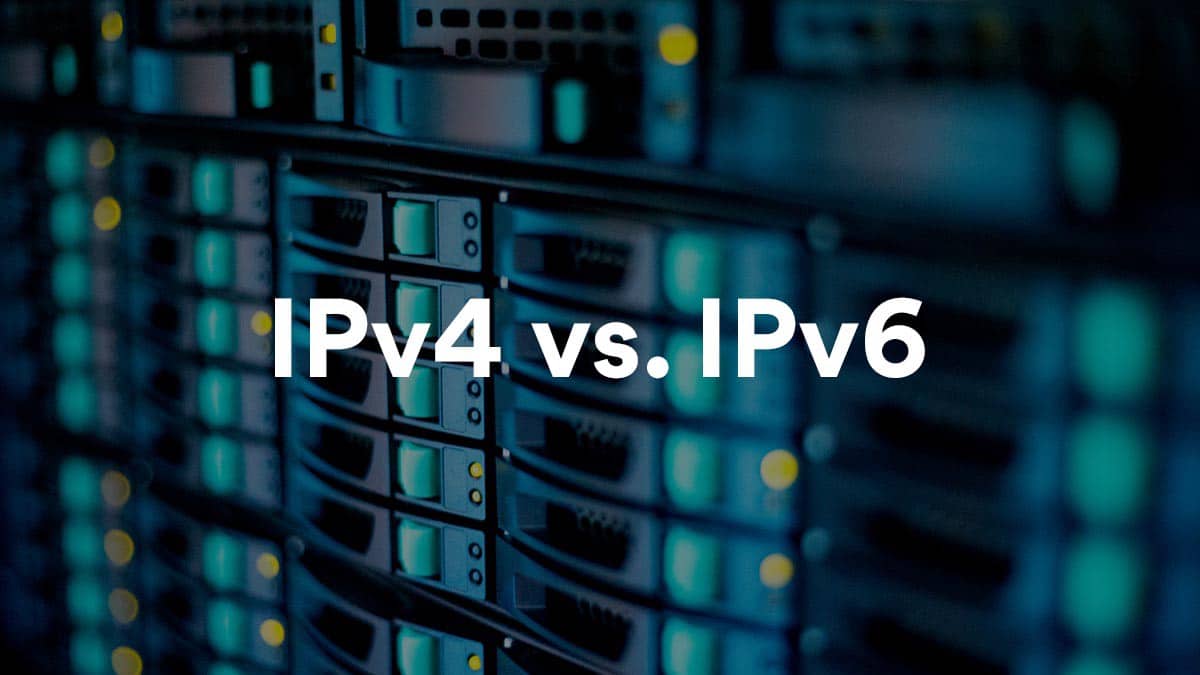1.5K
The comparison of IPv4 vs. IPv6 makes it clear how quickly the Internet and the requirements for it have changed in recent years. But how exactly do the two IP versions differ from each other?
IPv4 vs. IPv6: These are the differences
The IP address can be used to identify a device on the Internet. This is necessary to be able to send data packets. There are two different important IP versions (IP = Internet Protocol), namely IPv4 and IPv6. These differ from each other in a few points.
- Year of publication: IPv4 was already developed in the early 1980s. IPv6, on the other hand, only appeared in the late 1990s.
- Address structure: IPv4 consists of four digits between 0 and 255, each separated by a dot. The IP address is 32 bits long. IPv6, on the other hand, contains eight groups with four hexadecimal digits each, separated by colons. This results in 128-bit addresses.
- Number of addresses: The number of IPv4 addresses is theoretically limited to a maximum of 4.3 billion. Due to the 128-bit IP addresses under IPv6, the number of addresses here is significantly greater (approximately 340 sextillion addresses).
- Security: When the IPv6 standard was introduced, more attention was paid to security. However, as IPv4 has been updated more and more, the security difference between the two versions is no longer very great, at least if the IPv4 network is also properly configured by the network provider.
- Speed: Theoretically, IPv6 should be faster than IPv4. However, since the newer version uses larger data packets, it is sometimes somewhat slower than the older standard, which is being optimised more and more. For direct connections, however, both versions are equally fast.
- Configuration: IPv6 includes an autoconfiguration of the IP address. In this process, a device creates an IPv6 address when it boots up and integrates itself into a network. In IPv4 networks, you often have to add devices manually.
- Multicast addressing: IPv6 supports multicast addressing. This allows packet flows to be sent to multiple destinations in parallel. This can reduce the network bandwidth
